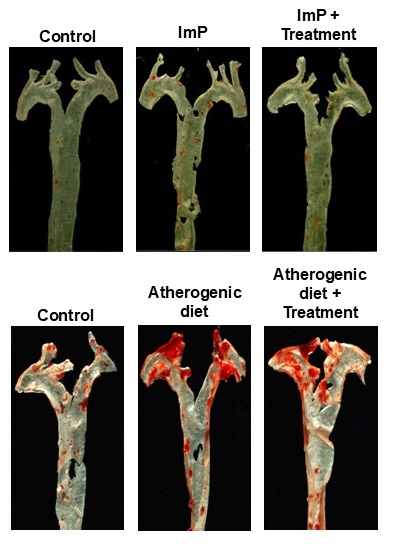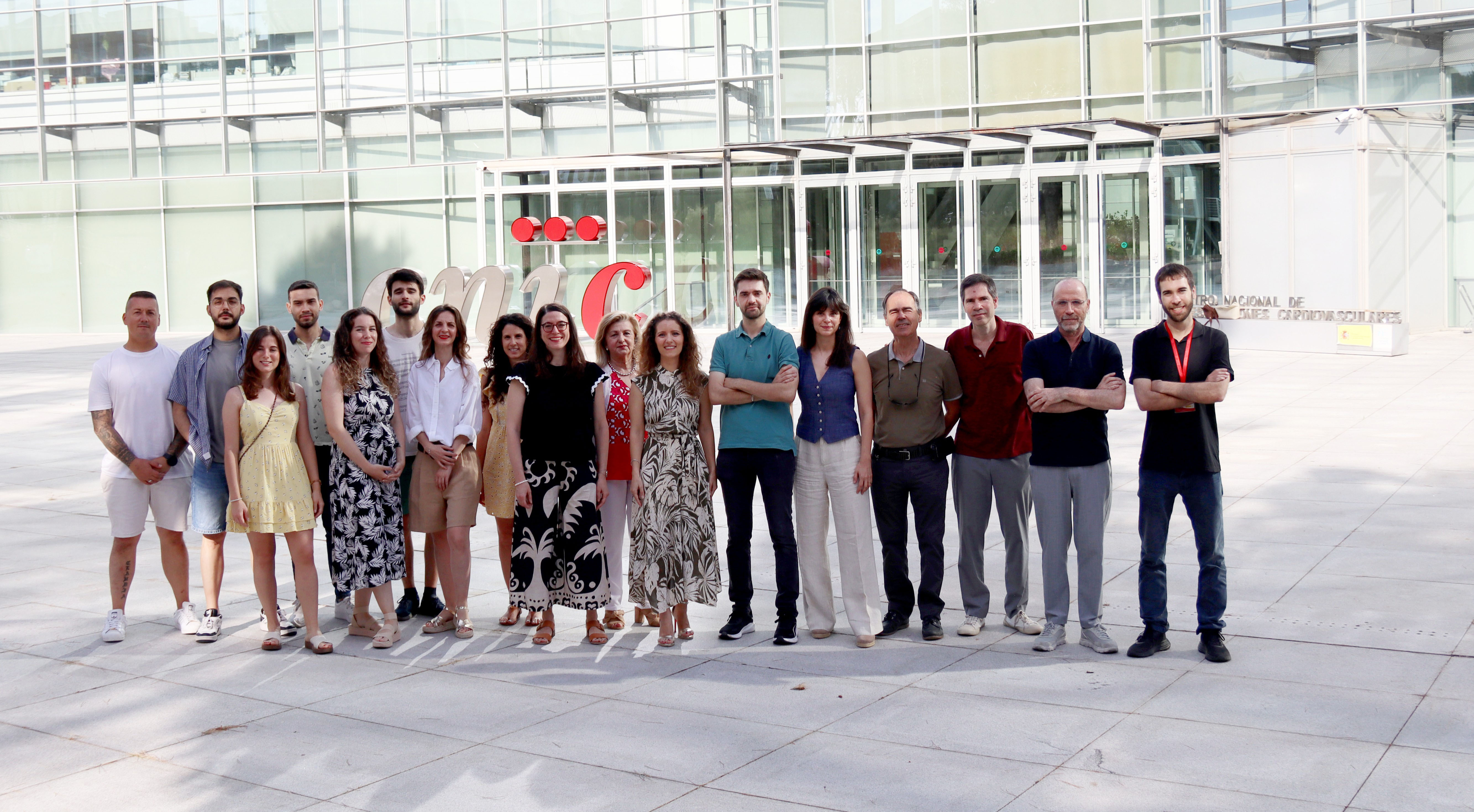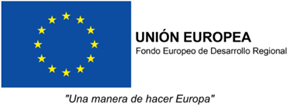Nature: A gut microbiota metabolite linked to atherosclerosis could revolutionise diagnosis and treatment
A new study led by the CNIC has identified imidazole propionate (ImP), a metabolite produced by gut bacteria, as a driver of atherosclerosis— as a driver of atherosclerosis, the disease behind most heart attacks and strokes
Cardiovascular disease remains the world’s leading cause of death, and often originates in atherosclerosis, a chronic condition in which inflammation and fat deposits cause arteries to harden and narrow. Although clinical practice already targets causal factors like high cholesterol, hypertension, and smoking, detecting atherosclerosis in its early stages continues to be a significant challenge.
Now, researchers at the Spanish National Center for Cardiovascular Research (CNIC) have identified a gut microbiota–derived metabolite, imidazole propionate (ImP), that appears in the blood during the early stages of active atherosclerosis.
‘This metabolite is uniquely produced by intestinal bacteria,’ explains CNIC researcher Annalaura Mastrangelo, one of the study’s two first authors. ‘Our study shows that its presence in the bloodstream is associated with the development of active atherosclerosis in people who otherwise appear healthy.’
The discovery offers a promising alternative to current diagnostic tools, which typically involve costly and complex imaging techniques. ‘Detecting this blood marker offers a major advantage because current diagnostic tools rely on advanced imaging techniques that are complex, expensive, and not covered by public health systems. Blood levels of ImP provide a diagnostic marker that could help identify apparently healthy individuals with active atherosclerosis, and thus enable earlier treatment.’ says Mastrangelo.
 But the discovery goes even further. Co–first author Iñaki Robles-Vera explains: ‘We not only observed elevated ImP levels in people with atherosclerosis, but also showed that ImP itself is a causal agent of the disease. In animal models of atherosclerosis, ImP administration led to the formation of arterial plaques. It does this by activating the imidazoline receptor type 1 (I1R), which increases systemic inflammation and promotes atherosclerosis development.’
But the discovery goes even further. Co–first author Iñaki Robles-Vera explains: ‘We not only observed elevated ImP levels in people with atherosclerosis, but also showed that ImP itself is a causal agent of the disease. In animal models of atherosclerosis, ImP administration led to the formation of arterial plaques. It does this by activating the imidazoline receptor type 1 (I1R), which increases systemic inflammation and promotes atherosclerosis development.’
David Sancho, head of the CNIC Immunobiology Laboratory, lead author on the study and ERC grantee notes that ‘this discovery is important because it opens the way to a completely new line of treatment.’
The study shows that blocking the I1R receptor in animal models prevented plaque formation and slowed disease progression, even when the animals were fed a high-cholesterol diet. ‘This suggests that future treatment could combine I1R blockade with cholesterol-lowering drugs to produce a synergistic effect that prevents atherosclerosis development,’ explains Sancho.
‘These findings open new possibilities for the early detection and personalised treatment of atherosclerosis,’ he continues. ‘Instead of focusing solely on cholesterol and other classic risk factors, we may soon be able to analyse blood for ImP as an early warning signal. At the CNIC, we are also working to develop drugs that block the detrimental effects of ImP.’
The CNIC-led study was conducted through extensive collaboration with researchers at multiple national and international centres: Mount Sinai Fuster Heart Hospital and the Icahn School of Medicine at Mount Sinai (New York, USA); the Fundación Jiménez Díaz Health Research Institute; the Universidad Autónoma de Madrid; the Spanish cardiovascular research network (CIBER-CV); the University of Gothenburg (Sweden); the University of Athens (Greece); Inmunotek S.L.; the University of Michigan (USA); Hospital de La Princesa; the Center for Metabolomics and Bioanalysis (CEMBIO) from Universidad CEU San Pablo; the University of Heidelberg (Germany); and the Sols-Morreale Biomedical Research Institute (IIBM-CSIC).
The study was supported by funding from the European Research Council (Consolidator and Proof of concept grants), Spanish Ministry of Science, Innovation, and Universities; the Spanish State Research Agency; the European Union’s NextGeneration funding mechanism; and the “la Caixa” Foundation.
- Mastrangelo, A., Robles-Vera, I., Mañanes, D., Sancho, D., et al. (2025). Imidazole propionate is a driver and therapeutic target in atherosclerosis. Nature. https://doi.org/10.1038/s41586-025-09263-w











